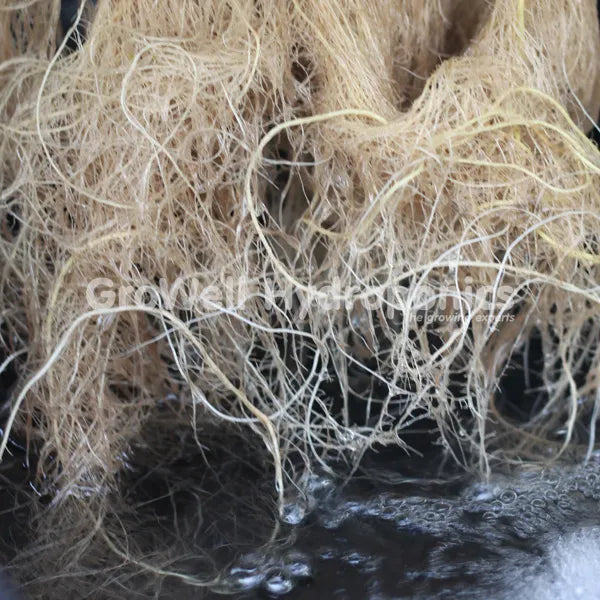![[Food for Thought] What and When to Feed (Part 1 of 3)](http://www.growell.co.uk/cdn/shop/articles/food-for-thought_-what-and-when-to-feed-_part-1-of-3.jpg?v=1673371512&width=1100)
[Food for Thought] What and When to Feed (Part 1 of 3)
To keep plants healthy, feed them a strict diet. They need the right nutrients, in the right ratio, at the right time.
You're reading part 1 of a 3 part series into plant nutrition.
- Part 1 - What and When to Feed (this article)
- Part 2 - Macronutrients
- Part 3 - Ratios and relationships
Here, you'll find out what to feed your plants and when.
Macro Nutrients
Macro nutrients are the main three nutrients plants need:
- Nitrogen (N)
- Phosphorus (P)
- Potassium (K)
Bottles of nutrient display the NPK content as a ratio.
As a rule, grow nutrients are higher in the N - plants need Nitrogen for veg growth. Bloom nutrients are higher in P and K, to boost fruit and flower production.
The exact ratio varies from brand to brand.

There are three other macros, but plants get them from air and water, so you don't need to worry about them:
- Oxygen (O)
- Carbon (C)
- Hydrogen (H)
Secondary Macros
These are the nutrients your plants need in slightly smaller amounts.
- Magnesium (Mg)
- Sulphur (S)
- Calcium (Ca)
- Silicon (Si)
If you're suffering a nutrient deficiency, a good CalMag is normally a quick fix.
It doses plants with Calcium & Magnesium to sort out those deficiencies.
The Calcium also aids nutrient uptake and translocation to treat other common deficiencies.

Micronutrients (or Trace Elements)
These nutrients are needed, but are only used in small amounts:
- Sodium (Na)
- Iron (Fe)
- Manganese (Mn)
- Copper (Cu)
- Zinc (Zn)
- Molybdenum (Mo)
- Boron (B)
- Chlorine (Cl)
- Nickel (Ni)
- Cobalt (Co)
How Plants Absorb Nutrients
Nutrients are absorbed via roots and leaves.
Roots
Roots absorb nutrients in your media or solution.
To ramp this up, make sure your pH is right. At the wrong pH, some nutrients can't be absorbed by plants.
Aim to stay within 5.5 and 6.5.
You also need to make sure your nutrient strength is right:
- Too weak and you'll underfeed
- Too strong and you'll overfeed.
Here's how to work out yout nutrient strength.

Never forget that roots can only absorb nutrients that are dissolved in water. If you hear rattling when you shake your bottle of nutrient, precipitation has occurred.
Nutrients have solidified and become insoluble. This means roots can't absorb them. Here's how to fix the problem.
Leaves
Leaves mostly just absorb macros in the air - Oxygen (O), Carbon (C) and Hydrogen (H).
However, you can foliar feed. Leaves absorb nutrients sprayed onto them almost instantly. That means foliar feeding is great for:
- Correcting deficiencies quickly
- Feeding plants when roots are damaged
- Feeding cuttings and seedlings
You can read more about it in 8 Key Tips for Foliar Spraying.

Signs of a deficiency
Once absorbed, your plant needs to transport nutrients to where they're needed.
The thing is, some nutrients are more mobile than others.
Nitrogen (N), Phosphorus (P) and Potassium (K) are all easily moved. When your plant's running low, they can transport nutrients from older leaves to new leaves, nearer your light. So, if older leaves look tatty, it's a macro problem.
Less mobile nutrients stay where they are, in older leaves. If new leaves look worse for wear, it's a micro problem.
Macronutrient problems
Deficiencies or toxicty tends to show on older leaves.
Micronutrient problems
Deficiencies or toxicty tends to show on newer leaves.
You can read more about it in The Plant Whisperer.
What's Next?
Now you've got the basics down, it's time to check out the rest of the articles in this series.
- Part 2 - Macronutrients
- Part 3 - Ratios and relationships






